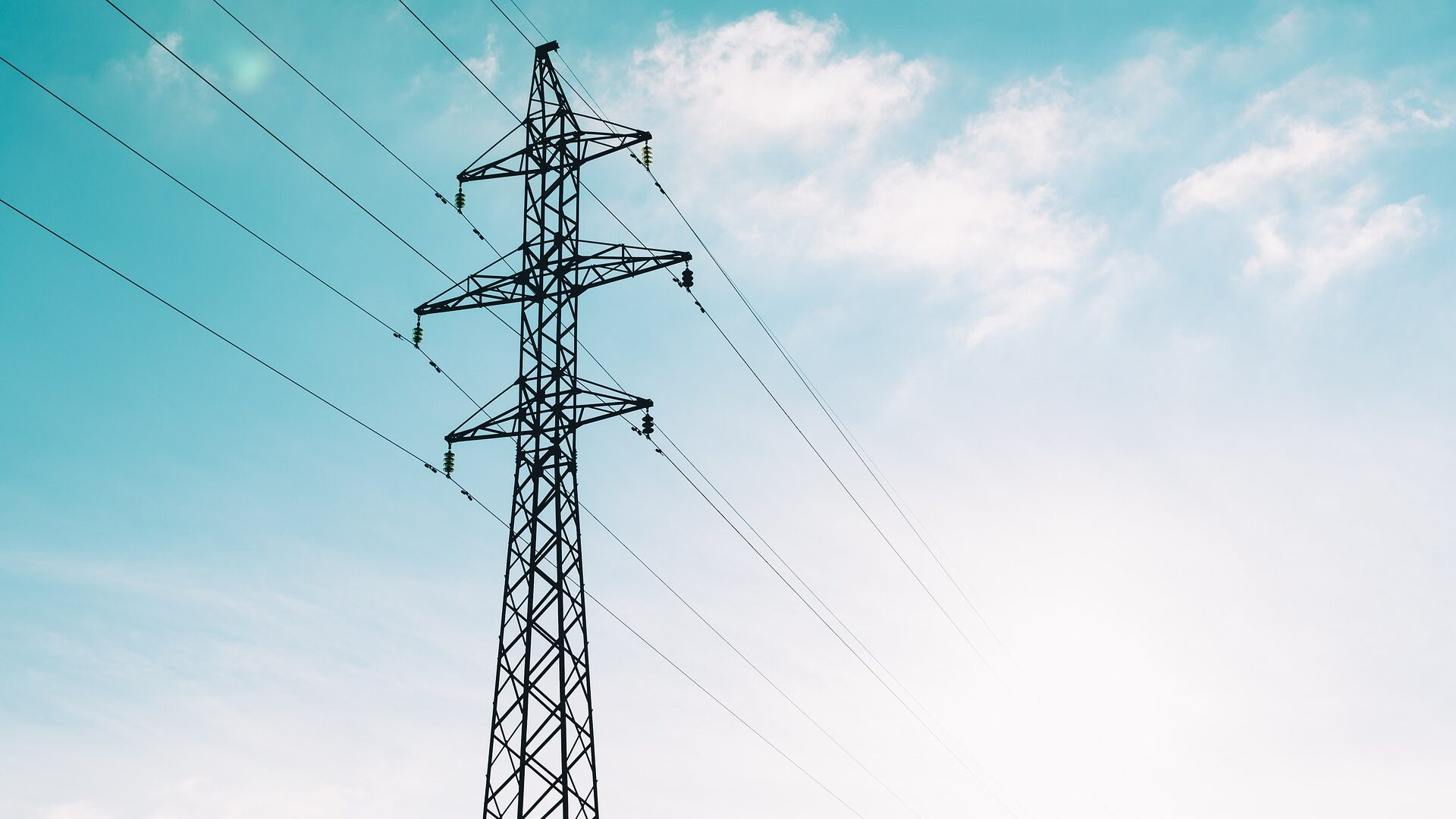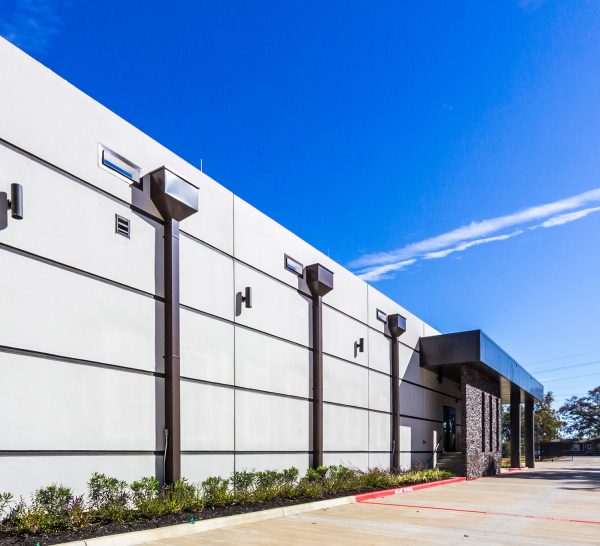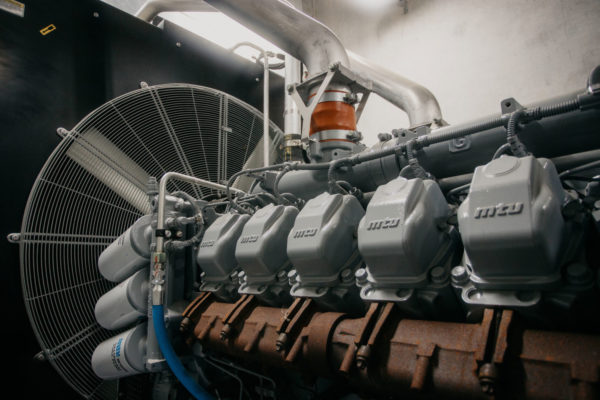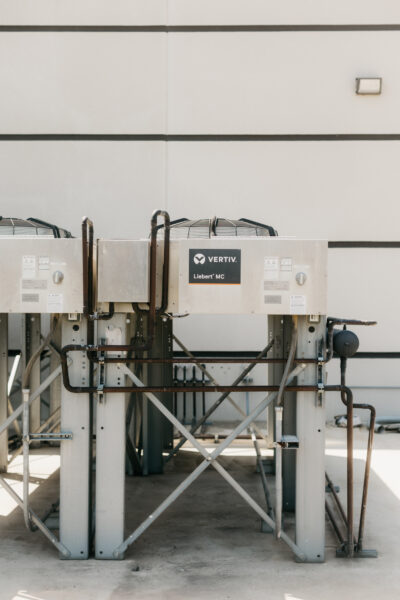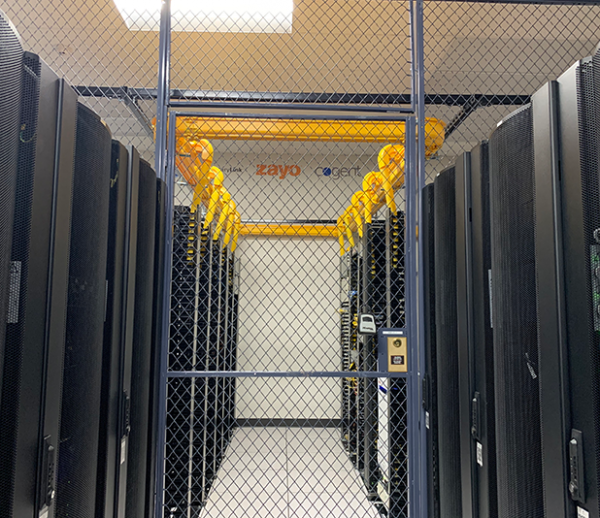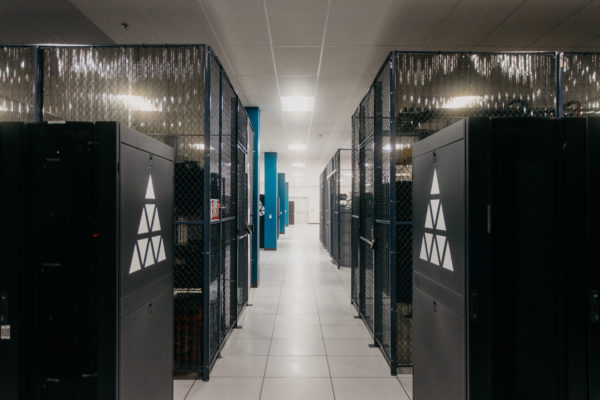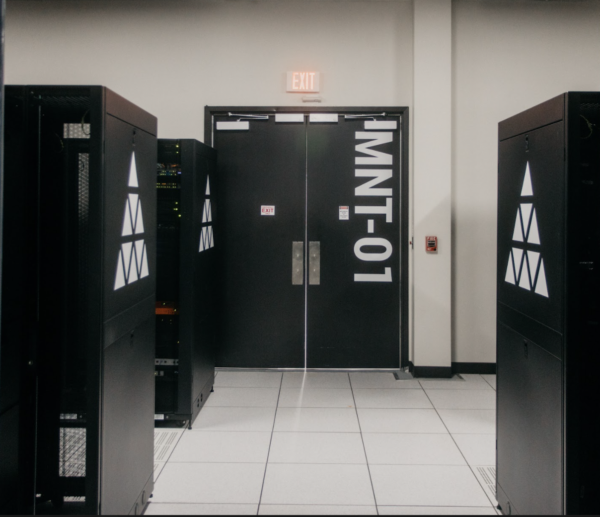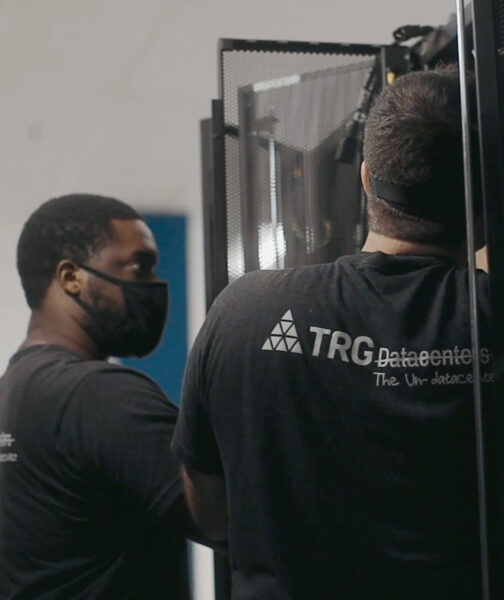Data center power consumption is rising rapidly, and attention is starting to turn to what looks set to become a transformative trend in the near future.
Until relatively recently, the power consumption of data centers had remained relatively stable, despite an ever growing workload. But now, with the advent of AI and an influx of increasingly power hungry applications, consumption has started to skyrocket.
This is a trend that’s still in its infancy, don’t forget. Yet according to Newmark’s 2023 U.S. Data Center Market Overview Report, on a macro scale, data center demand in the US is expected to reach 35GW by 2030. That’s over twice the 15GW of demand in 2022.
Some studies have predicted rises even higher than that. Goldman Sachs Research recently published a new analysis, in which it calculated that the power consumption of data centers will grow 160% by 2030.
Current data center power consumption
Data centers already consume a considerable amount of power. In fact, the 7.4 gigawatts of power consumed by data centers in 2023 was equivalent to between 1-2% of the world’s overall power.
Analysts from Goldman Sachs Research analysts released a series of reports examining how electricity demand has spiked in recent years. The studies showed that between 2015 and 2019, the workload of data centers almost tripled. Despite this, their demand on power did not increase significantly, remaining in the region of 200 terawatt-hours per year.
The previous stability of power consumption has largely been attributed to efficiency improvements made by data centers during this period, but of course there comes a point at which even the best efficiency improvements won’t counteract the speed at which workloads are rising.
To demonstrate the difference that AI really makes, let’s think about a relatively simple ChatGPT query. Answering such a query through ChatGPT uses 2.9 watt-hours of electricity. A Google search, by comparison, uses just 0.3 watt-hours, according to the International Energy Agency.
It’s now clear that as our reliance on AI grows, and increasing numbers of businesses begin to adopt the technology, power consumption will surge at a rate we’ve never seen before.
Current research suggests that by the end of the decade, data centers will be responsible for the consumption of between 3-4% of the world’s power. It is also being predicted that the carbon emissions of data centers will double, in line with this increase in power consumption.
The impact of AI
AI is of course leading the charge in the rise of data centers’ power consumption. The expectation is that the demands of AI will continue to grow – with no end in sight at present.
Goldman Sachs Research predicts the increase in power consumption directly attributable to AI to be approximately 200 terawatt-hours per year between 2023 and 2030. Analysts expect that by 2028, AI will be responsible for almost a fifth (19%) of data center power demand.
Hyperscalers currently require in the region of 10-14kw per rack in current data centers, but AI requirements will soon reach 40-60kw per rack. The level of computational power required for training and inferences is enormous, and as the complexity of these applications grows, and their capabilities increase, their power consumption will too.
The demand on power required for training applications in particular is far higher than it would be for inference, even though there are typically fewer sessions involved.
It’s not just the power demands of the applications themselves that we need to consider, either. Let’s think about the difference between GPUs and CPUs, for example.
AI data centers use GPU clusters, instead of traditional CPU clusters. And that means they require far more power, and far more space. They also need significantly higher levels of cooling, as GPUs generate so much more heat. So, there’s another level of demand on both infrastructure and physical space to think about.
Data centers are currently expanding rapidly to accommodate the increase in GPUs required to run AI applications. Such developments have also inspired new advances in other areas, such as liquid cooling which can be used instead of air-cooling systems, and new designs of data center better suited to house the equipment required.
Not all data centers will be able to adapt and change to facilitate the rapid rise in AI that’s just around the corner, but those that do will see business transform as they begin to welcome in the paradigm-shifting technology that is AI.
A need for more capacity in key markets
Availability could soon become a real issue for emerging companies as they struggle to find suitable space in data centers. In some markets, there is already a lack of availability, leading to companies having to look much further afield.
Northern Virginia, for example, is the largest data center in the world at the moment. But it has availability of just 0.2%. Similarly, the Bay Area around San Francisco is now running at 0.5% of capacity. In Dallas Forth Worth it’s 1.9% and in Phoenix, Arizona it’s 3.8%.
Could colocation solve the problem?
While there is definitely a need for far more space in the years ahead, businesses facing a lack of availability in their local area can make use of colocation to ensure they have everything they need to support demand right now.
We’ve already heard from a number of different clients who have come to us looking for space that will accommodate their growing business, at a price point far fairer than what they can expect to pay in their local area.
Our fully managed colocation service has proven enormously popular in such situations, as it allows clients to ship everything to us, ready for our team to rack, stack and cable it up on their behalf.
There’s no need for clients to make the trip to the data center at all if they don’t want to, but they can still benefit from the space we have here in Texas, and the relatively low price of energy compared to that of states like California.
Talk to our team to find out more about Colo+, our fully managed colocation. Designed to deliver the best data center experience ever, Colo+ makes colocation more reliable and flexible, and it remains significantly more affordable than the cloud. Contact us and we’ll talk you through how it works.
